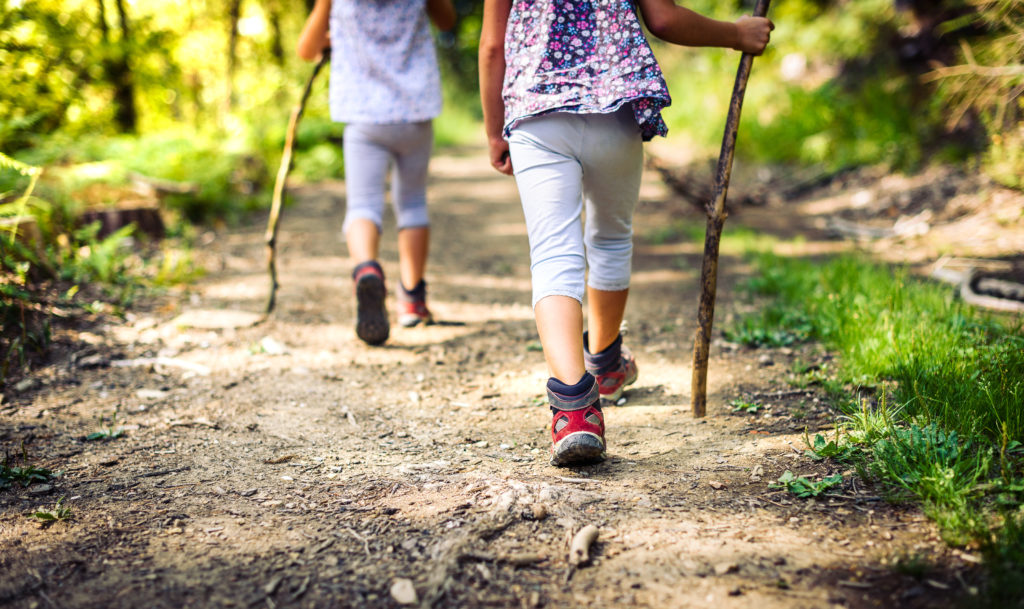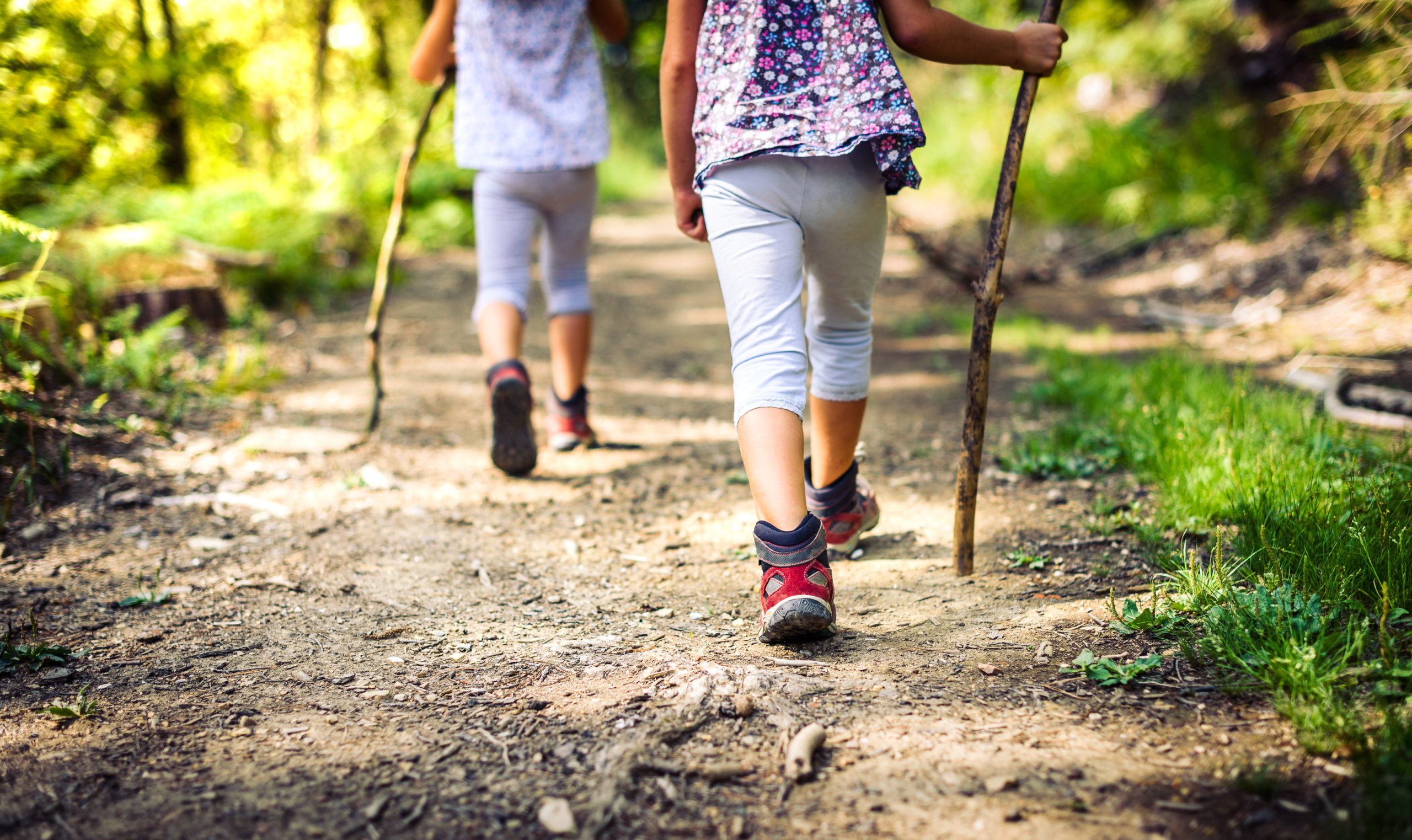
We have partnered with Learn Everywhere to share information with our community about free resources for parents to support their children’s learning at home during COVID-19.
Last week, I shared an aspirational message about how children really can learn everywhere, especially at home. The fact that the pandemic has closed most school buildings, and perhaps many summer camps as well, does not mean the end of learning. It does mean that more of the responsibility rests on parents.
Even if we are physically distant from each other, we are not alone. I have shared how the Learn Everywhere website and Facebook group offer tools to find resources and a supportive online community to focus on what will work for your family. Locally, the San Antonio Charter Moms discussion group offers support as well.
How does at-home learning work for a real family? For my own family, we are preparing for a summer with no travel, camps, or public events, and limited access to cultural institutions and amusements. We are okay with that because we have established our own goals to accomplish.
Goal Setting
What are our family’s learning goals this summer? Some of them come from my hopes and imaginings, while others have arisen from conversations with my kids about their dreams and passions.
When I am imposing my own goals on my kids, I try to think carefully and tread lightly. It has to be worth the battle. My ideas are coming from two sources: First, a hope to make up for lost opportunities because of the switch to remote learning. Second, a desire to build habits that will help my kids keep learning for the rest of their lives.
For my kids, the switch to remote learning happened fairly gracefully. We were on our own for the week after Spring Break, but then my kids’ school stepped up quickly to offer packets, online classes, and videos. Nevertheless, I have the sense that the distance learning materials were trimmed down to make them less of a burden on families working from home. As a remedy, I can look at what subjects my kids were studying and plan summer activities to build on those classes.
This past year, my kids were in 4th and 7th grades, so they were both studying Texas history. There are many historical sites in San Antonio—or close enough for a day trip—that we can still visit while practicing social distancing. For example, the grounds of San Antonio Missions National Historical Park have stayed open, although the buildings are closed. I’m making a list of these sites, especially of the ones that are outdoors, and putting dates on the summer calendar.
I want my kids to be lifelong learners, and I can promote that by helping them build good habits now. There are so many benefits to being a reader. I chose a book, World War Z by Max Brooks, that I thought would be appealing and timely. My daughter and I broke it into about 40 small passages. In the evenings, we sit down to read a section and discuss it. We often look up maps and images on a tablet to illustrate the concepts, and go on lots of tangents. We find ourselves comparing the fictional events in the book with news stories about current events. We have been taking it at a slow pace, having discussions a few times a week. I like this approach because it builds reading comprehension skills and maintains the seminar discussion skills that my kids learned in school. The book has its share of adventure and jump scares, but also offers a framework for talking about right and wrong in a crisis.
Listening to Kids About Goals
In addition to the goals that I set out for my kids, I want them to spend time on things that they are passionate about. Sometimes kids are shy about sharing, but we’ve been driving around to state parks, so while they are in the car I have a captive audience. I’ve been asking them what they want to be when they grow up, and what would be their dream jobs. When I was younger, I didn’t dream big enough, and now I do a job that didn’t even exist when I was a kid!
So what did my kids say? My son wants to have a YouTube channel and post video game reviews. My daughter wants to be a video game software developer. I talked to my husband, who works in technology, about age-appropriate skills that they can learn this summer that could wind up helping them in their dream jobs someday. We came up with the idea that they could first learn photo editing, and then more on to learning video editing. These are skills that will be useful for being a YouTuber and a game developer, and for many other jobs, too—including jobs that we haven’t dreamed up yet.
My hope is that, in those moments of practice when their motivation flags and the tasks seem tedious, that they will think about their dream careers and choose to stick with it. It takes time to get really good at a skill, and it can’t be forced—the energy has to come from within. It’s also possible they will discover they don’t like those activities, and that’s a signal to do more experimentation and discovery, without the burden of student loans.
Scheduling At-Home Learning
With these goals in mind, I want to break things down into steps that we can do in the real world. Sometimes learning happens in moments of insight, but the foundation of learning is discipline and good habits. That’s been a big challenge in switching to learning at home, and will take on a new dimension when remote learning ends for the summer. With a consistent schedule, we will build good habits. That makes it easier to make good choices without spending a lot of energy deliberating.
For years, I have used printed checkmark sheets to motivate my kids to help with chores. It’s a simple system: take out the trash and recycling 14 times, then choose a small toy (or make up for a lost sweater or broken water bottle). When I thought about applying this technique to our summer at-home learning, I realized there are so many subjects to manage that the checkmark sheets were no longer practical.
Parents may not know that they can use their own Google accounts to access Google Classroom. So far, I have set up our own PE and typing classes, but it’s not much more complicated than our checkmark sheets. For example, for PE, the assignments tell us which days are for endurance training and which are for strength, and remind us how many reps to do. For typing, the kids do practice sessions at Typing.com, and we use Google Classroom to track how many times they practice each week. There are so many more features in Google Classroom, but we are starting slowly and adding complexity over time.
Choosing Materials for Learning at Home
For some of our goals, we are still searching for the right materials. We are using a mix of sources, from established publishers to local nonprofits, and we can ask other parents for help.
I mentioned earlier that I am worried my kids may have missed some of the content that they would have gotten through on-campus instruction. I’m planning to revisit the Texas Essential Knowledge and Skills (TEKS), an outline of what kids are expected to learn, organized by grade levels and subjects. We can also get our own copies of the textbooks that my kids used this past year. My kids’ school uses materials from Core Knowledge and Spalding, and those publishers have added more online resources to their websites.
We want to stay connected with the institutions in our community, even if we do not yet feel safe spending time at indoor exhibits. Local museums have been working to put their collections and lesson plans in the cloud. I recently interviewed Ryan Badger, Curator of Collections at the Briscoe Western Art Museum, about their online resources, Beyond the Briscoe. He offered suggestions about how to use the activity sheets and videos as launching points for lessons in the history and culture of Texas and the West.
It’s important to remember that, even though we can’t gather in person, we are not alone, either. Tools like the Learn Everywhere website and the Learn Everywhere Facebook group make it easier to find sources of materials and ask other parents for help with problem solving.
Evaluating Your At-Home Learning
As a parent managing at-home learning, you are constantly experimenting. Some things will work well, and other things will not go how you expected. For example, earlier I mentioned the family book club. I have had to adjust the schedule to make shorter sections. We realized that there is so much to talk about in each short passage of the book, and the discussions are so rich, that it’s better to stretch out the book over more weeks than to rush and miss an opportunity to have a great conversation.
When you find something that’s working, do more of it. My daughter is discovering her love of cooking. We have bought her a new cookbook and some kitchen tools. She is getting interested in meal planning. For now, we have chosen to not eat at restaurants, so we spend a lot of time thinking about food. The whole family is benefitting from cooking and eating together.
Our lives used to seem so busy, and now we are spending so much time together as a family. Being isolated can lead to thoughts that dwell on the worst case scenario. We are choosing instead to ask ourselves what is the best use of our time right now. As a parent, I can help my children to discover their purpose in life. We can think about our community and how to help other people. If we work hard, we can come out of isolation with skills and self-knowledge to set us up for a lifetime of success.
